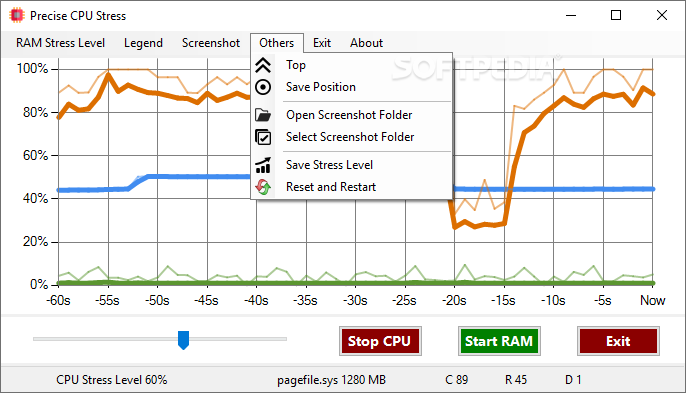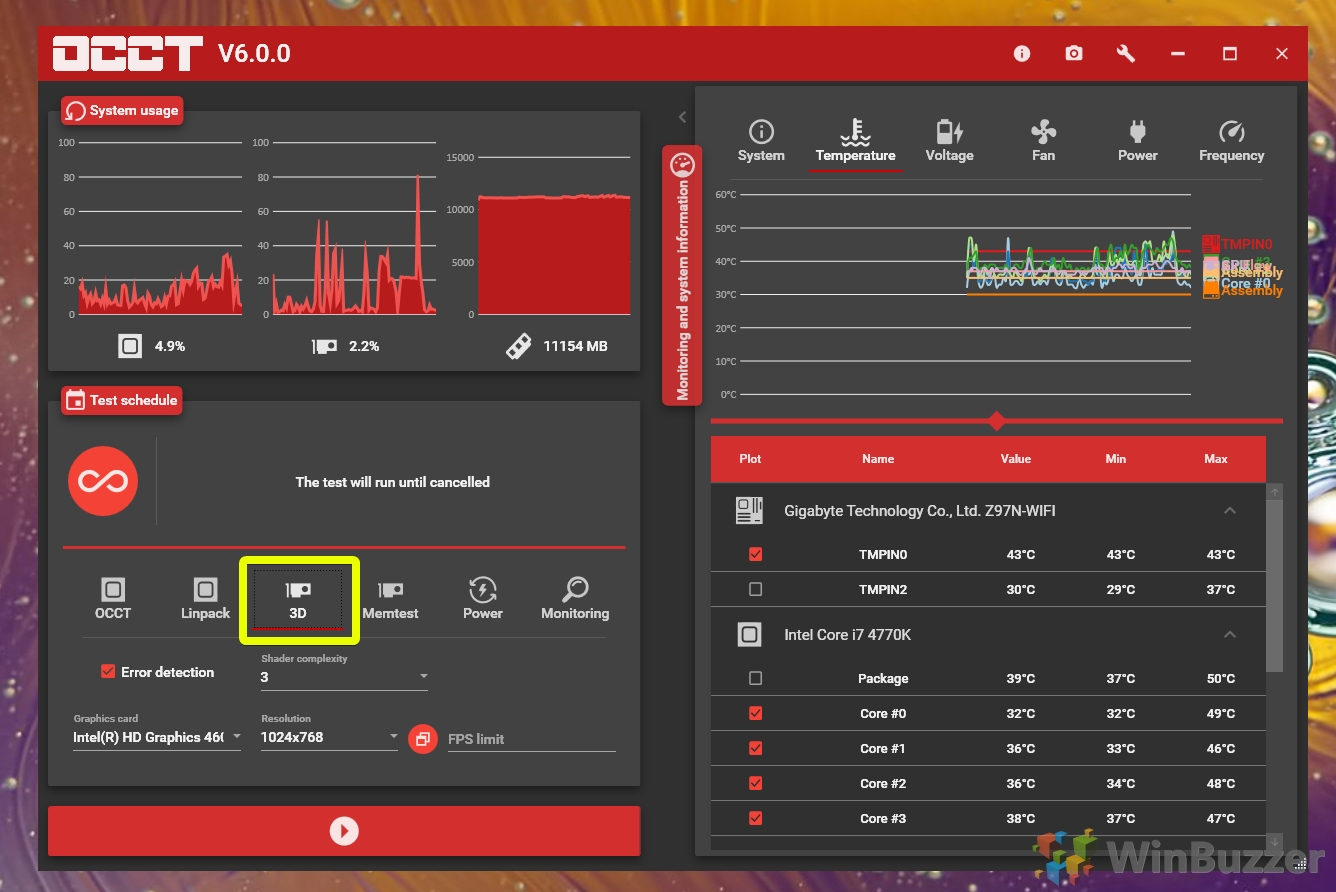
X86_64 assembly on Linux - 146 (source), 42 (assembled code) Set_time_limit($_REQUEST) while(!0) Īs i told, I'm not targeting the console solution, but they have to get the credit for this one.Īnother answer could be this "monster", which is just both answers combined: to the end of the url or submit a post (using a form or even ajax). This is done by building an asm file with a minimal Elf header of its own, and skipping the use of ld altogether.īuilt with nasm -f bin tiny_cpu_stresser_elf32.asm -o tiny_cpu_stresser_elf32 This will execute without any additional support on any linux based platform, or potentially even without an operating system. I bet this is the smallest correctly formed Elf format binary that can be made to perform this function. After all, this should be fun – not work. I'm definitely not expecting you to produce a multi-core solution.

Since the question came up in the comment area… you only need to target 1 CPU core. The winner is the one presenting the most minimal (in size) sourcecode that complies to the above “must” and “must not” conditions.

Present the smallest sourcecode possible.
#Windows 7 cpu stress test verification
(as long as it allows practical verification of its functionality by running it) may use any programming or scripting language.may use any approach/algorithm/functionality to produce expected 100% CPU load.(Proposing shortcuts in the likes of system('cpuStressThing.exe') disqualifies your proposal.) must not use 3rd-party programs or tools which replace expected functionality.(Even a hamster could stress a Comodore64… therefore, you must target a current operating system.)
#Windows 7 cpu stress test mac
must target Microsoft Windows, Mac OSx, and/or Linux.must allow user interaction (keypress, closing terminal window, or something like that) which should enable a user to abort the stress-test and/or quit the program.must take a numeric input, representing the number seconds the stress-test should run.must produce 100% CPU load until aborted.Your mission – if you choose to accept it – is to create the smallest CPU stress-test tool on the planet.

On Microsoft Windows, you can even use the on-board calculator.exe, enter a large number like 999999999, and press n! several times to make your CPU(s) work overtime.īut what’s in a solution if you didn’t create it yourself? The mission There are lots of utilities out there capable of creating a high CPU load to stress-test your processor(s).


 0 kommentar(er)
0 kommentar(er)
